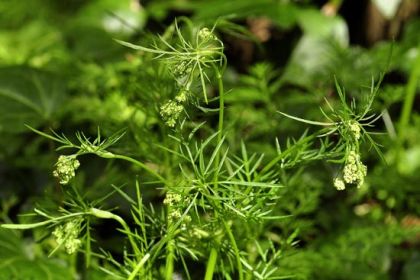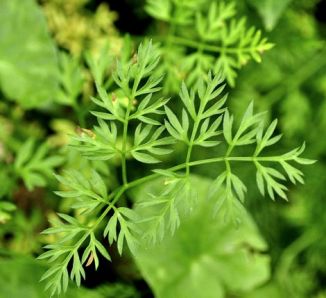There are only a few pockets of Ireland where this wildflower is absent, growing, as it does, in our woodlands, hedge banks and grassland. In late April it begins to show itself as an erect and spiky, slender, hairless plant, gradually unfurling its delicate, feathery leaves as it grows to its full height of about 50 cm. It bears umbels of tiny white flowers (3–6 cm across) on hollow, smooth stems and dainty little 2–3 pinnate leaves which are very finely divided, the upper clasping the stems, the lower basal leaves withering. It flowers from May to June. A native plant, it belongs to the Apiaceae family.
I first recorded this plant in Kilternan, Co Dublin in 1976 and photographed it in Tintern, Co Wexford in 2010.
If you are satisfied you have correctly identified this plant, please submit your sighting to the National Biodiversity Data Centre




